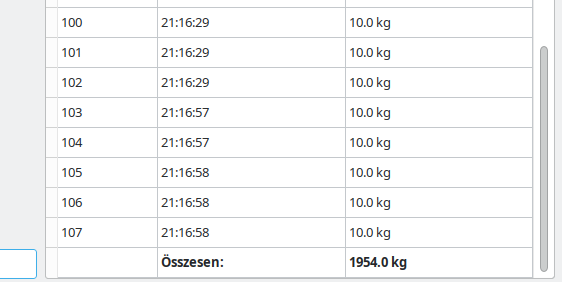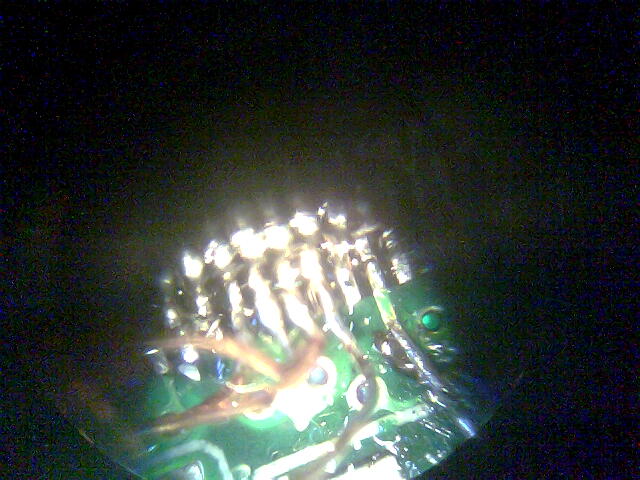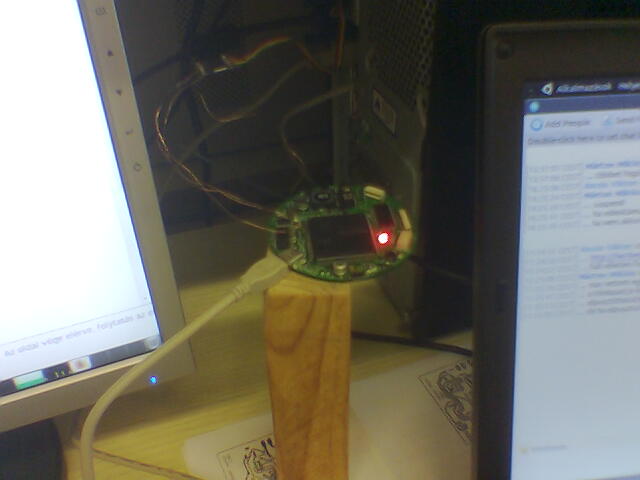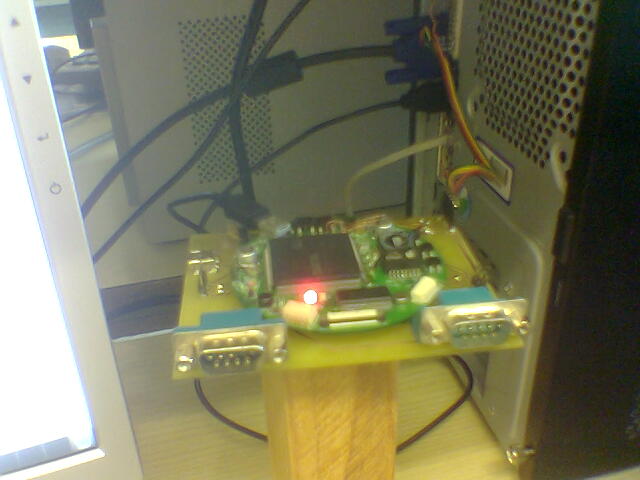I have started to play with ESP8266, and remembered to my old UART based IQP-500 Siemens S55 camera module got from a friend a few years ago.
I have started to dream about a 6USD Wifi IP camera, but my dreams shortly fallen to ashes.
I have started experimenting with the following python script:
http://mitschang.net/s55cam.pyThe code assumes that you need to pull the RTS and CTS pins by hand to low.
Ah yeah... I used to be lazy, so after some patching that code I was able to drive these two pins with my CP2101 based UART converter's RTS and DTR pins. But the code did not worked (nothing came at the serial port after the camera was activated). Let's check with logic analyzer! The camera's baud was not exactly 19200 but ~19100 which gives 0.6% error. The cheapy UART converter have not tolerated that! Lets hook to the good old FTDI! It works. Good.
I was able to take picture with the python code.
Conclusions:
Reopening a serialport in python will clear the RTS status, but changing baud rate on the fly does not have the same side effect.
The camera takes ~33K JPGs which is transferred ~3 seconds with the 115200. That would be poor for the video stream, so I thought that I will figure out how can the camera's baud rate increased. 921600 would fit well. But unfortunately the camera's protocoll is not documented and according to the other people reverse engineering results the camera does not have continuous recording functionality.
So bad.
I have not given up the camera project I will look around for cellphone camera modules with SPI port with JPG encoder inside.

















